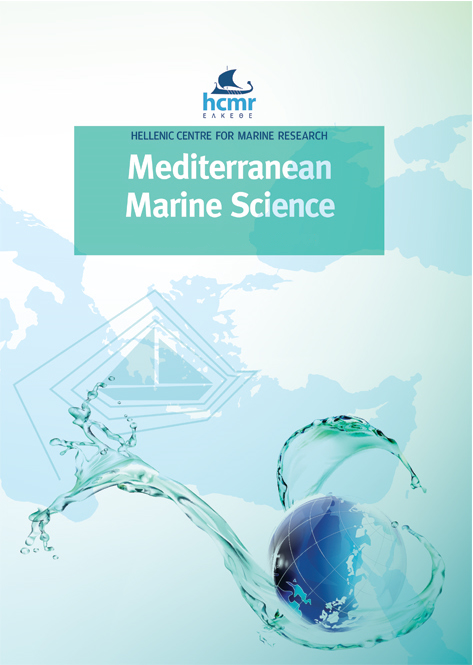Estimating selectivity of experimental diamond (T0) and turned mesh (T90) codends in multi-species Mediterranean bottom trawl
Résumé
This paper evaluates the effect of changing from a diamond mesh codend (T0) to a 90° turned mesh codend (T90) on the size selectivity of seven commercially important species in the Mediterranean bottom trawl fishery. In sea trials conducted in the north-western Adriatic, two experimental codends made of 54 mm nominal mesh size netting and differing only in mesh configuration were alternately mounted on the same trawl. Overall, the T90 mesh significantly improved codend size selection for all the species analysed. The difference in the predicted average L50 values between the T90 and T0 codend was particularly marked in European hake (Merluccius merluccius, 21.26 vs 11.26 cm total length), common squid (Loligo vulgaris, 12.06 vs 7.88 cm mantle length) and mantis shrimp (Squilla mantis, 20.78 vs 13.35 mm carapace length). Both codends showed an excessive size selectivity, which involves a commercial loss, especially for red mullet (Mullus barbatus), Mediterranean horse mackerel (Trachurus mediterraneus) and whiting (Merlangius merlangus). These findings demonstrate the efficiency of the T90 configuration in excluding undersized specimens, especially of hake, whose average L50 was above the minimum conservation reference size of 20 cm. The adoption of this practical and inexpensive solution can contribute to improve the management of the demersal resources targeted by the Mediterranean bottom trawl fishery.
Article Details
- Comment citer
-
PETETTA, A., HERRMANN, B., VIRGILI, M., De MARCO, R., CANDUCI, G., Li VELI, D., BARGIONE, G., VASAPOLLO, C., & LUCCHETTI, A. (2020). Estimating selectivity of experimental diamond (T0) and turned mesh (T90) codends in multi-species Mediterranean bottom trawl. Mediterranean Marine Science, 21(3), 545–557. https://doi.org/10.12681/mms.22789
- Numéro
- Vol. 21 No 3 (2020)
- Rubrique
- Research Article
Authors who publish with this journal agree to the following terms:
- Authors retain copyright and grant the journal right of first publication with the work simultaneously licensed under a Creative Commons Attribution Non-Commercial License that allows others to share the work with an acknowledgement of the work's authorship and initial publication in this journal.
- Authors are able to enter into separate, additional contractual arrangements for the non-exclusive distribution of the journal's published version of the work (e.g. post it to an institutional repository or publish it in a book), with an acknowledgement of its initial publication in this journal.
- Authors are permitted and encouraged to post their work online (preferably in institutional repositories or on their website) prior to and during the submission process, as it can lead to productive exchanges, as well as earlier and greater citation of published work (See The Effect of Open Access).













